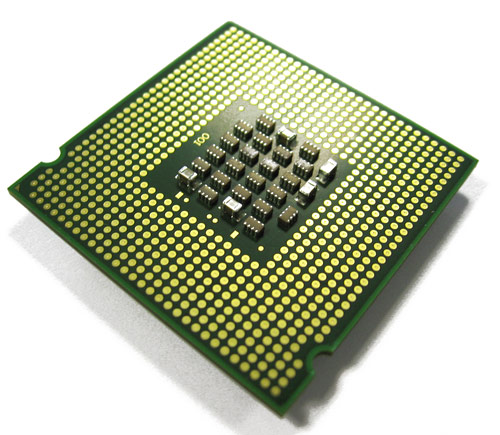
Alas its that time of the year again and dam ... so few posts this year, many apologies. Its been a good year financially, reached a personally satisfying PnL across all revenue streams but holy crap its been hard. Running 3 gigs at the same time, but thats not perverse enough, so I made sure 2 of them are on completely inverted time zones... literally, JST ( Japan Standard Time) = EST + (almost) 12H ... AM == PM. Luckily everyone involved is understanding.
Have always had some weird sleeping patterns, starting in high school when would do caffeine fueled, goa psy trance blaring, double all nighter code/hack/phreak sessions, starting Saturday afternoon, thru Sat night, thought Sunday, all the way through Sunday night thru Monday morning, take a shower and go to school. No doubt school is pretty useless at that point but meh. Sadly the body at 15yo vs 30yo are two very different things with my body creaking, cracking and complaining all god dam year - holy crap im getting old!
One of the best lessons this year was how much different the end-of-year PnL looks with multiple revenue streams. Non-(time)-linear PnL is such a beautiful thing. Thus CY2014`s first goal is replacing the consulting revenue with product revenue. The consulting group I worked with are a great set of people with minimum bullshit but at the end of the day, once the billable hours stop, so does the cash thus keeping you on this perpetual trade of time for money. The plan is developing a product targeting the non-financial sector and let it grow / shrink organically or just be happy in a small niche. Ultimately, the hardest problem is finding a niche that returns well but is not a huge time sink.
On the trading front need to push my comfort zone, building out a different class of HF strategies. No doubt will loose money for a while, but so far my trading experience is, its alot like learning to ride a bike - you can not teach it, you just need to do it and learn from the mistakes and gain intuition. But here`s the trick, the experience you gain isnt so much from watching the market, you can watch it all day long and get no where. The most important part is competing with other players, analyzing them, sizing them and of course fighting with them. So while they (and everyone else) are beating the absolute shit out of you, you`ll realize in that pool of your own blood some subtle perspective of the interaction that completely changes your game.
Happy Christmas & New year !







